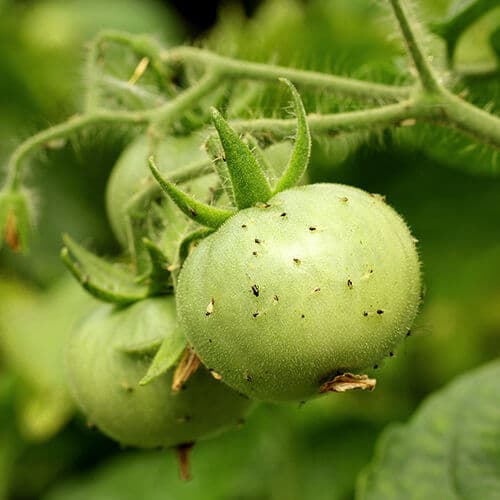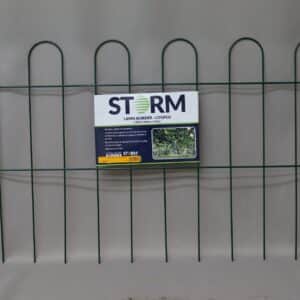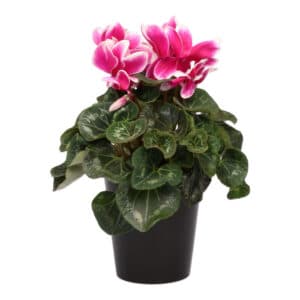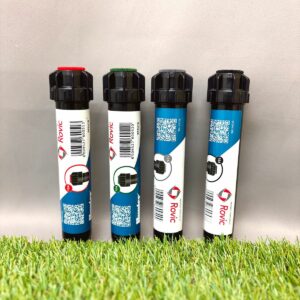Pest patrol
DIY and how-to

With a beautiful garden comes the inevitable onslaught of garden invaders. While garden pests may be tiny, they can cause serious damage to your plants and soil.
Here’s what you need to know to gain the upper hand when pests strike.
Snails and slugs
These guys love the youngest, tender leaves on new plants, so remember to scatter a few snail-bait pellets around when sowing seeds or planting new seedlings.
Alternatively, place cardboard collars (made from “slices” of toilet-roll inners) around your new seedlings to prevent snails and slugs from getting close to the new leaves.
Ants
These insects tend to become a problem during the autumn months, as they’re far more active in preparation for hibernation during the winter period.
Spray ant nests in the garden with ant killer and use ant dust for dealing with these insects in paved areas or between stepping stones.
Deal with ants inside your home by placing a few ant traps in strategic places (for example on windowsills or under/behind furniture or appliances).
Aphids
Aphids usually attack plants between April and July. These small bugs attack a variety of plants, from roses to tomatoes and sweetcorn, but they’re probably best known for their attacks on conifers. Aphids slowly destroy conifer trees by injecting their contaminated saliva into the trees and eventually causing total dieback of the affected branches.
Ward off aphid attacks by sprinkling insecticide granules at the base of the tree and watering well. The tree will absorb the insecticide through its roots and, when the aphids attempt to infiltrate the tree, they’ll ingest the insecticide and die.
If you prefer to tackle aphid infestations by using a spray-on insecticide, take care to choose an organic spray that isn’t harmful to ladybirds. (These friendly bugs are aphid predators in the natural ecosystem.)
You might also like
Shop online
-
CYCLAMEN 14CM
- R129.99
- Add to cart Learn More
-
HUNTER POP UP SPRAYER
- R59.99
- Select options This product has multiple variants. The options may be chosen on the product page Learn More




